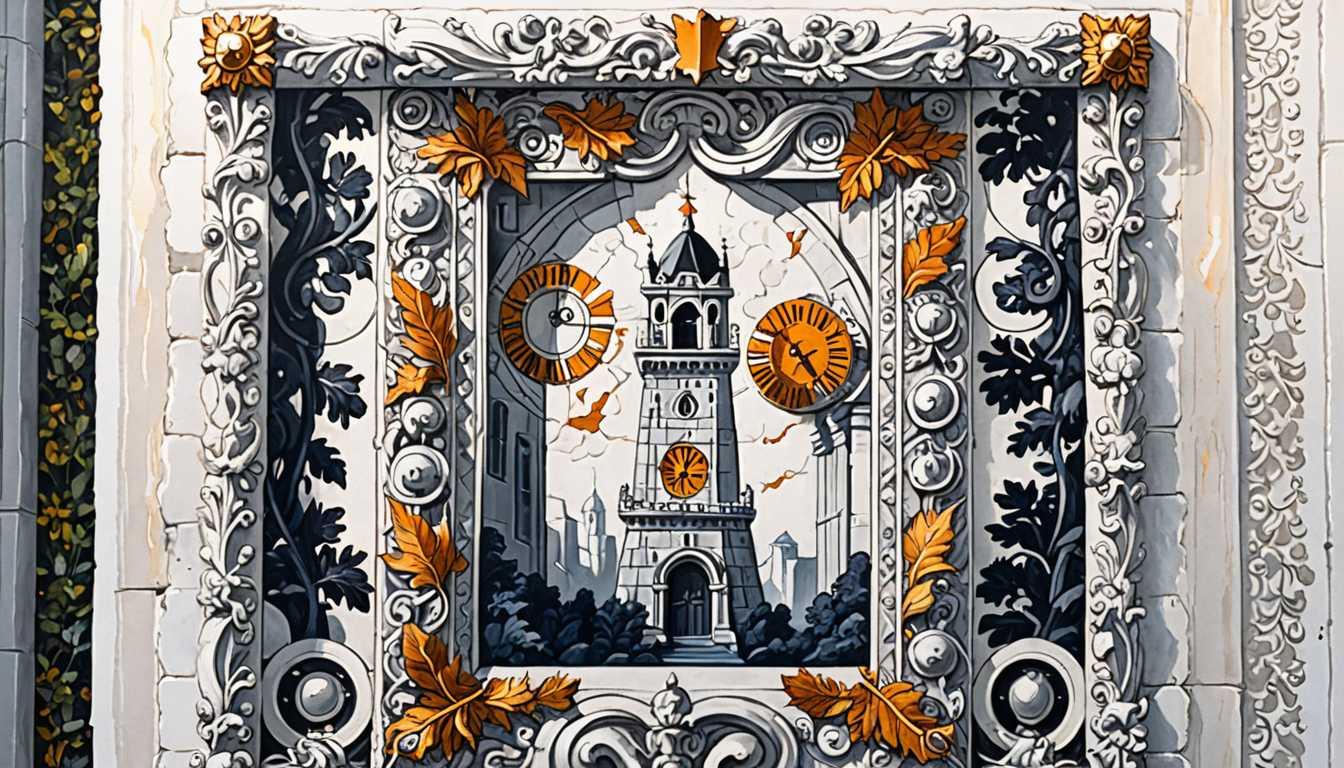Art: Beyond First Impressions
August 2023
Harvard University
Introduction
Dive into the art world with Harvard's Lynette Roth, as she unravels the mystery of judging a painting. Ever wondered what makes a piece of art captivating? Is it its boldness, its 'Instagrammability', or something deeper? Roth guides us through the journey of not just what draws us in, but what keeps us coming back. From personal taste to museum-worthy masterpieces, discover how to keep an open mind and truly appreciate art. Spoiler: You don't need to be an art historian to get it!
READ FULL ARTICLEWhy It Matters
Discover how this topic shapes your world and future
Unveiling the Art of Observation
Have you ever stood in front of a painting and felt a rush of emotions, but couldn't quite put your finger on why? Understanding art isn't just about knowing who painted what; it's about connecting with the piece on a personal level and appreciating the myriad ways it communicates with us. This journey of discovery can enhance our global cultural understanding and sharpen our observational skills, making us more mindful and perceptive observers of the world around us. Whether it's a vibrant splash of colors that captures your gaze or a subtle detail that draws you in, every artwork has a story to tell. By learning to judge a painting using a structured approach, you're not just evaluating art; you're unlocking a new lens through which to view the world, making every museum visit a thrilling adventure of personal and intellectual growth.
Speak like a Scholar
Composition
How the elements of art (like lines, shapes, and colors) are arranged in a painting. It's like the layout of a room, where everything is placed for a reason.
Medium
The materials used to create the artwork, such as oil paint, watercolor, or digital tools. Each medium has its own texture and feel, kind of like how different ingredients can change the taste of a dish.
Contemporary Art
Art made in the present day. It often reflects current issues and trends, acting as a mirror to today's world.
Visual Analysis
A close examination of the visual elements of art. It's like being a detective, looking for clues in the artwork to understand its deeper meaning.
Subjective
Based on personal feelings, tastes, or opinions. What one person loves in a painting, another might not, and that's perfectly okay.
Context
The background information surrounding an artwork, including its history, the artist's life, and the cultural period. It's like knowing the backstory of your favorite character in a book.
Independent Research Ideas
Exploring the Evolution of Artistic Mediums
Dive into how artists have transitioned from traditional mediums like oil paint to digital art and installations. What does this say about our changing world?
The Psychology of Color in Art
Investigate how artists use color to evoke emotions and convey messages. Why does a blue painting make us feel calm, while a red one might ignite passion?
Art as a Reflection of Social Change
Examine how art has been used as a tool for social commentary and change. How have artists addressed issues like inequality, war, and environmentalism through their work?
The Role of Composition in Storytelling within Art
Analyze how the arrangement of elements in a painting can tell a story or convey a message. How does composition guide the viewer's eye and emotions?
The Impact of Cultural Context on Art Appreciation
Explore how understanding the cultural and historical background of a piece can change our perception and appreciation of it. Can art truly be universal, or is it deeply rooted in its context?
Related Articles

Tradition Meets Tomorrow: Artistic Fusion
April 2023
Smithsonian Magazine

Van Gogh: Emotions in Colors Unveiled
June 2023
JSTOR Daily

The Curious Case of the Ivory Tower
January 2025
JSTOR Daily

Harmony in Diversity: Tilley's Musical Quest
June 2023
Massachusetts Institute of Technology (MIT)

Little Dancer: From Outrage to Ovation
November 2014
Smithsonian Magazine